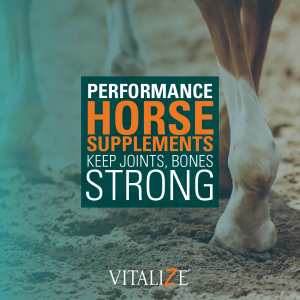 Inflammation is one of biology’s most common double-edged swords, having both favorable and unfavorable consequences. It is one of the first signs that the body’s immune system is being called into action and is characterized as pain, redness, heat, and swelling. Inflammation is a natural response to tissue injury, which may be caused by physical trauma, infection, or diseases such as pneumonia or colic. The complex cascade of events that follows inflammation has been studied since the first century AD and continues to be a common subject in today’s veterinary research. Often, the focus of these research studies is understanding how the biological response works and how anti-inflammatory drugs can be modified to target only the harmful effects of inflammation.
Inflammation is one of biology’s most common double-edged swords, having both favorable and unfavorable consequences. It is one of the first signs that the body’s immune system is being called into action and is characterized as pain, redness, heat, and swelling. Inflammation is a natural response to tissue injury, which may be caused by physical trauma, infection, or diseases such as pneumonia or colic. The complex cascade of events that follows inflammation has been studied since the first century AD and continues to be a common subject in today’s veterinary research. Often, the focus of these research studies is understanding how the biological response works and how anti-inflammatory drugs can be modified to target only the harmful effects of inflammation.
To summarize our knowledge of inflammation, a markedly intricate process, the inflammatory response is triggered when damaged cells begin to release chemicals such as histamine, bradykinin, and prostaglandins into the affected tissues for protection. These chemicals increase the blood flow to the affect area. The increased blood flow serves to provide nutrients, oxygen, antibodies, white blood cells and other necessary components to the injured site. The increase in blood flow also results in visual redness and heat around the affected area. The chemicals released from the damaged cells also cause blood vessels to leak fluid into the tissue, which results in swelling. The pain and swelling are meant to protect the injured site from further trauma.
This response usually leads to proper tissue repair. In this case, inflammation is actually a good thing. However, sometimes inflammation can become excessive and cause further injury and unbearable pain. When the inflammatory response is overkill, pain is increased, healing is slowed, and scar tissue may begin to build up. In the most severe case, inflammation becomes chronic, meaning it occurs regularly and fails to resolve itself. Chronic inflammation is often associated with disease. In fact, the suffix “-itis” indicates chronic inflammation (think of laminitis, arthritis, colitis, tendonitis, etc.). Determining when to interrupt the body’s natural inflammatory process with an anti-inflammatory drug is important. Veterinarians commonly prescribe different types of anti-inflammatories, either steroidal or non-steroidal, to regulate the inflammatory process. These drugs have different potencies and modes of action and should be used with caution. You can learn more about them by checking out our pain management blog.

